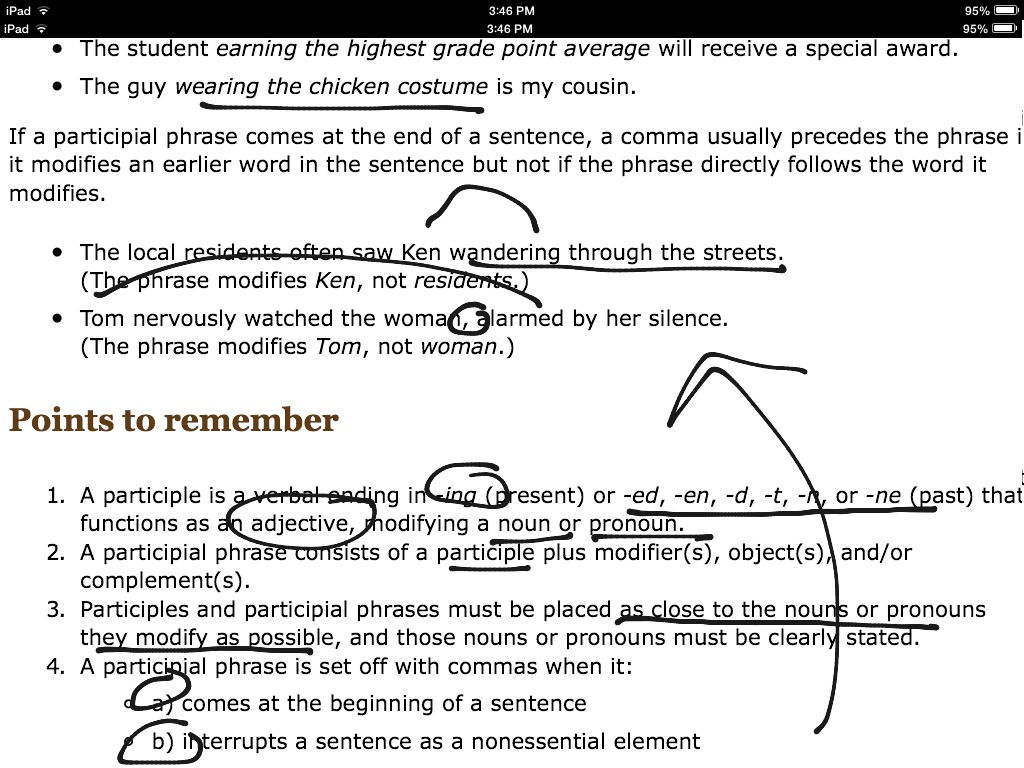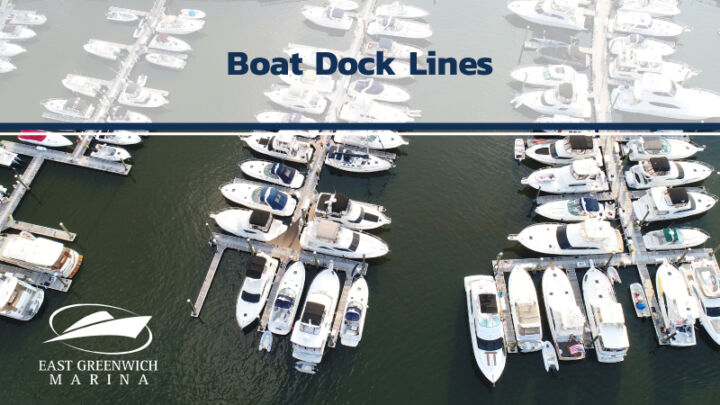
Keel over – to fall over - also a sailor’s term for dying.The name was then used geographically to refer to the area itself rather than the state of the ships. In the middle of the century the word was used to denote the state of ships experiencing becalming in the area just north of the equator, between the Trade Winds. In 19th century the word “doldrum” meant a “dullard or dull fellow” so “the doldrums” was a general state of low spirits. In the doldrums – in low spirits or feeling drowsy or dull.In the 18th century though, it had a different meaning –“making steady progress”. It describes the action of hauling on a rope using alternate hands, so it is probably nautical. Hand over fist – quickly and continuously.Land was known as “The hard” as in Buckler’s Hard. A ship that was “hard and fast” was beached firmly on land. Hard and fast – rigidly adhered to – without doubt.It could also refer to anchoring a boat far enough away from another so that they did not hit each other when swinging with the wind or the tide. Sailors were warned to keep a wide bearing off something they needed to keep away from. The meaning of “berth” was probably “bearing off”. Originally a berth was a place where there was sea room to moor a boat. The “under” is likely to have meant “on the” and the “way” is the forward progress of the ship through the water so it actually means “on their way”. It probably first referred to heavily loaded ships.

Pronounced “gunnels”, it is the upper edge of a ship’s side in large vessels and the piece of timber extending round the top side of the hull in smaller craft.
Phrase dock it full#
Full to the gunwales – full to the brim or packed tight.It is possible that it derives from ships making a hasty departure by cutting the anchor rope and running with the wind.

A possible derivation is that when two blocks of rigging tackle were so close together they couldn’t be tightened further, it was said they were “chock-a-block”. Chocks are wedges used to secure moving objects and a block and tackle is a pulley system used on sailing ships to hoist the sails.


 0 kommentar(er)
0 kommentar(er)
